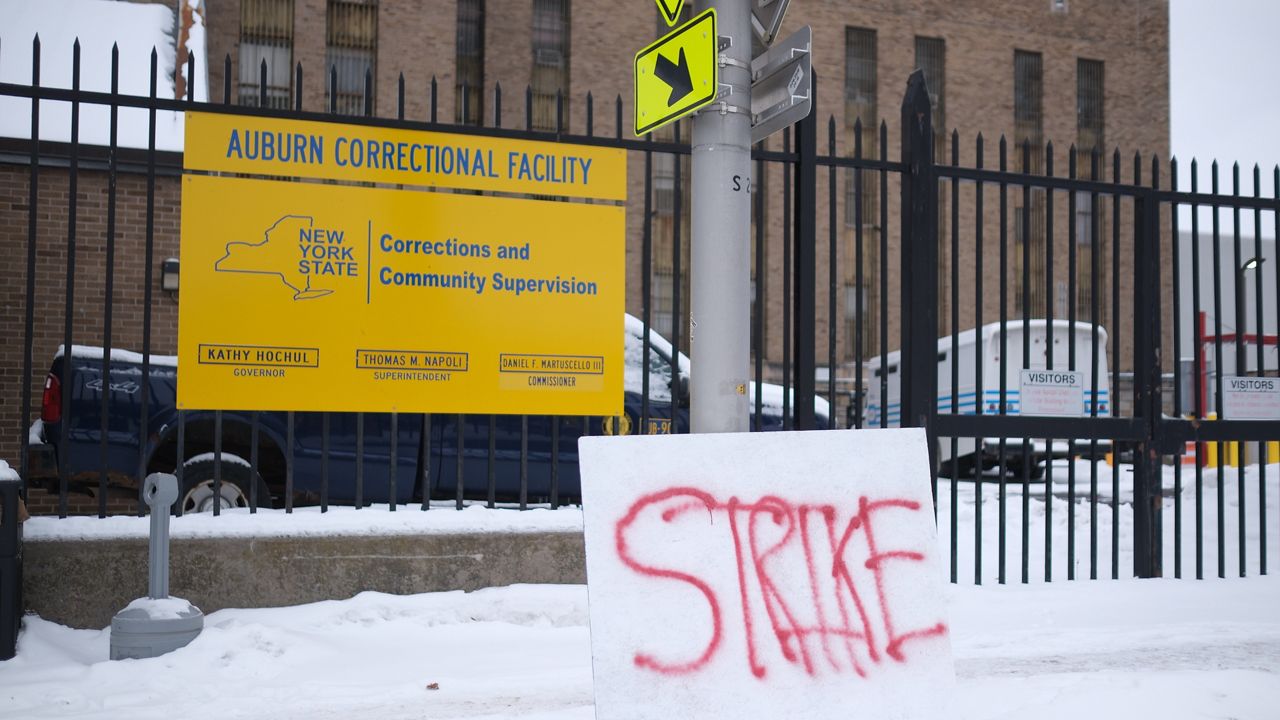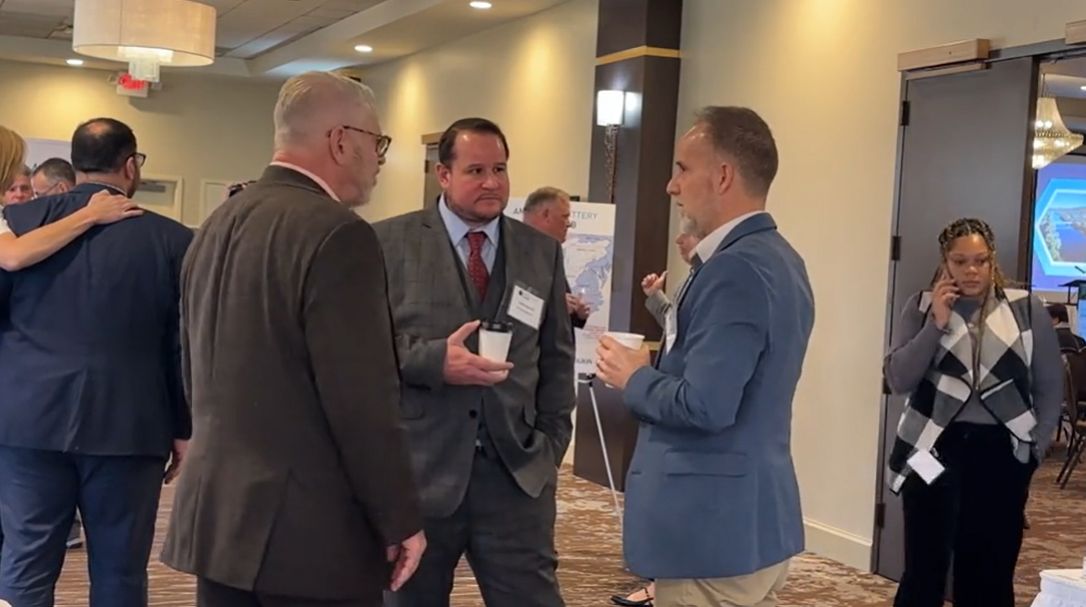As the historic total solar eclipse nears, a Southern Tier observatory is preparing for the event as well as celebrating its 50th anniversary.
"I remember being here in the 1980s, and we looked at Halley's Comet as it was leaving our solar system through this scope," said Kopernik Director Drew Deskur.
Now more than 40 years later, a large scope produces images that grace textbooks around the country. Students from the Southern Tier and beyond come each year to Kopernik, one of the few remaining observatories open to the public in the state.
"Sometimes they'll be looking through a scope and it's sometimes difficult to do that. But then when they finally get that in their eye ... they're like, ‘Oh, I see, I see, I see it,’ " said Deskur.
It’s that excitement that’s helped Kopernik continue to grow as it marks 50 years. Opening in 1974, it was the first science laboratory in the state designed for K-12 teachers, students and families.
Unlike most observatories, Kopernik lets the public get hands on telescopes, including a 6-inch flat refracting telescope they use to look at planets.
"We look at the sun, but also if we put a solar filter on which we will be doing for the eclipse, will be able to look safely at the sun," said Deskur.
For 50 years, thousands of children have walked through the doors of Kopernik, including four that grew up in the Southern Tier: Eileen Collins in Elmira, Dan Bursch in Vestal, Doug Wheelock in Windsor and Doug Hurley in Apalachin.
"The opportunity to engage the public is really what I enjoy doing the most. It's an opportunity, you know, for them to learn, but also for me to learn. I just wish I could live another 50 years just to learn everything that is all the technology, how it's going to move," said Deskur.









